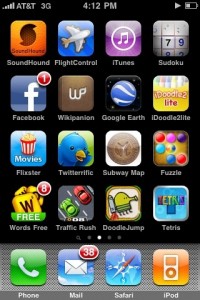The phoney war: Choosing quantity over quality
by Sukey Miller

Which is better, an app store with 100,000 items, or one with 10,000 items?
Commentators looking for a way to measure the relative success of the app stores find the “app count” an alluring model.
When you look more closely however things are not what they seem. It seems that quantity has come to dominate over quality, a numbers game which is spreading rapidly across many app stores these days. What this often means is that while being preoccupied with the number of app and downloads, other important elements that can potentially impact on the success of the app store are neglected, by this I mean ‘the payment experience’.
It all seem to have started with Apple, which seems to be more driven by volumes of apps and download numbers and the availability of apps than they are by offering choice to users and making profit for the content providers.
Other app stores, such as Nokia Ovi and Google Android have spotted the “counting” trend and seem to have decided to play the game. For example, in the case of Nokia, by using http://appwizard.ovi.com/ you can create and publish your own app, free of charge, into the Nokia “Ovi Store”. It turns any RSS or Atom feed into a Symbian app and makes it available free or for sale in the Ovi App Store. In the case of the Android market place, with over 19,000 apps available, the payment experience is limited to Google Checkout, which is the only billing method and credit card is the only payment option, this means the audience is restricted – how will customers without a credit card pay?
Bango recently did a road test of these two app stores to find out what the customer payment experience was like. For a complete analysis of this road test listen to this recent interview with Anil Malhotra, Co-founder and SVP of Marketing at Bango.
![]()
Subscribe to our newsletter
Get the latest subscription bundling news and insights delivered straight to your inbox.




